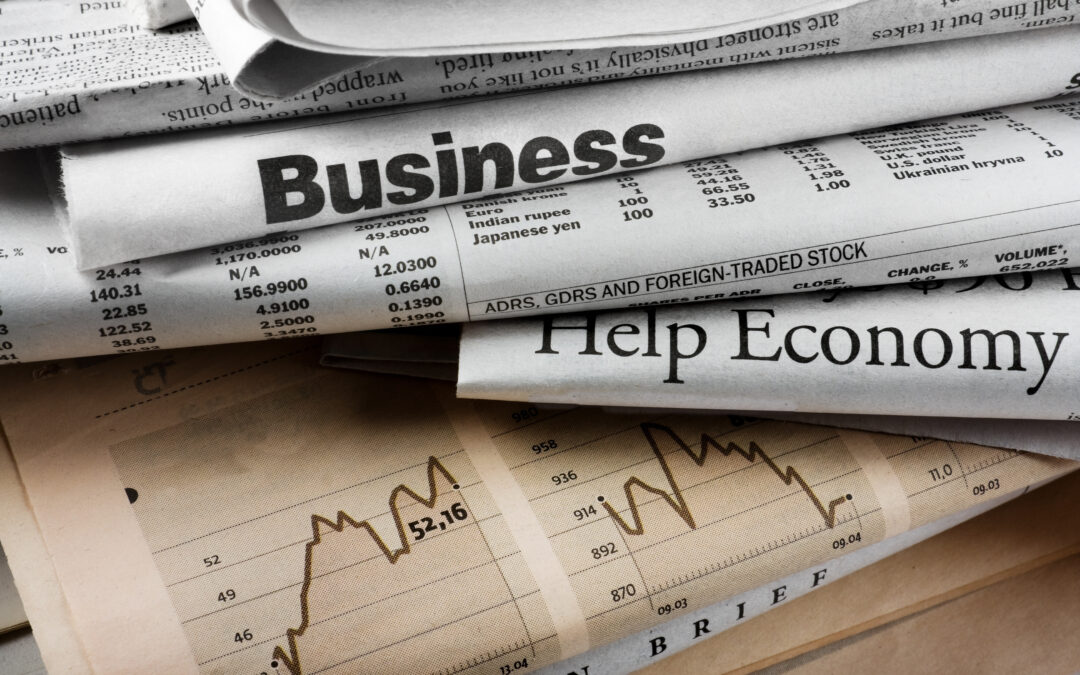The Australian economic and interest rate outlook is little changed from what seemed likely back in late-April before going on leave. Economic growth has slowed, but not to stalling point with real GDP up 0.1% q-o-q in Q1 reducing annual growth to 1.1% y-o-y from an upwardly revised 1.6% y-o-y in Q4 2023.
Inflation remains sticky with the monthly CPI showing annual inflation rising from 3.4% y-o-y in February, to 3.5% in March and 3.6% in April. Unsurprisingly, the RBA is still many months away from being able to cut the 4.35% cash rate and there is a small threat of a possible rate hike before any rate cut. We doubt whether a rate hike will occur, but the lingering threat implies Australian bond yields above 4% rather than below through much of the remainder of this year.
Returning to the Q1 GDP report, while the quarter-change in GDP was quite soft, cutting inside the data there were some stronger elements relating to domestic spending and the ability of households to keep spending in coming months. Gross national expenditure, a measure of domestic spending, rose 1.0% q-o-q and by 2.1% y-o-y.
Within domestic spending, household consumption expenditure was firm, up in real terms by 0.4% q-o-q in Q1 and by 1.3% y-o-y. Gross household disposable income rose by 1.1% q-o-q in Q1 and further big quarterly increases are likely in Q2 and especially Q3 when income tax cuts come into play. In short, it is reasonable to expect relatively firm growth in household consumption spending to continue in Q2 and probably the second half of 2024 as well.
Firm growth in household consumption expenditure is also likely to be reinforced by positive real growth in government spending. The Federal Government’s 2024-25 Budget announced last month included a net increase in real government spending.
Another area of spending that continues to rise is purchase of homes either by owner-occupiers or investors. In April, new housing finance commitments rose in value by 4.8% m-o-m and by 24.6% y-o-y. The value of owner-occupier loans rose 4.3% m-o-m, 18.7% y-o-y while housing investor loans were up 5.6% m-o-m, 36.1% y-o-y. While construction of new homes remains weak and will continue to detract from GDP growth, home purchases look set to contribute positively to GDP for the remainder of this year.
Also supporting demand is the continuing strength of the labour market. Although the unemployment rate lifted in April by 0.2 percentage points to 4.1% it still sits well below the 5% rate on average in the months ahead of the covid pandemic back in early-2019. Employment growth remains strong, up 38,500 in April and up 150,000 in the three months ending April. Over the year ending April, employment rose 394,000, or 2.8% y-o-y and continues to rise more strongly than forecast by the RBA.
Wage growth is running above inflation at 4.1% y-o-y according to the Q1 wage price index report. There are some signs that wage growth could decelerate. While the labour market is still tight it is not as tight as when the unemployment rate was tracking below 4% through much of 2022 and 2023.
Also, the most recent minimum wage decisions came in below 4%, with the Commission recognising that low productivity change limited the ability of employers to pay higher wages. Wage growth close to 4% y-o-y, however, will continue to limit progress reducing inflation towards the RBA’s 2-3% target.
In early May, the RBA in the latest quarterly Monetary Policy Statement needed to tweak higher its near-term inflation forecasts. In the Budget, the Government’s $300 electricity rebate for everyone will reduce headline CPI inflation later this year, perhaps taking annual inflation below 3% y-o-y, but the impact will be temporary. That means when the RBA produces its next forecasts in early August it will reduce its end-2024 CPI forecast, but not its forecast of underlying inflation.
RBA Governor, Michelle Bullock, said recently that the RBA will read through the impact of the electricity rebate on the CPI and will focus on underlying, or trimmed mean, inflation. Underlying inflation is still tracking above 4% y-o-y and in an environment of resilient demand as indicated earlier will make only patchy and slow progress towards the RBA’s 2-3% target.
We see Australia’s sticky inflation rate preventing the RBA from following the leads starting to cut official interest rates of the Bank of Canada and the European Central Bank. To place the RBA in a position to start cutting rates soon, demand would need to weaken much more. Australia’s unemployment rate would need to rise quickly above 4.5%. It is possible this could happen, but quite unlikely in our view.
Instead, we see demand and the labour market staying relatively resilient, especially in the second half of this year. That means sticky (underlying) inflation and no Australian rate cut from the current 4.35% until probably mid-2025.

